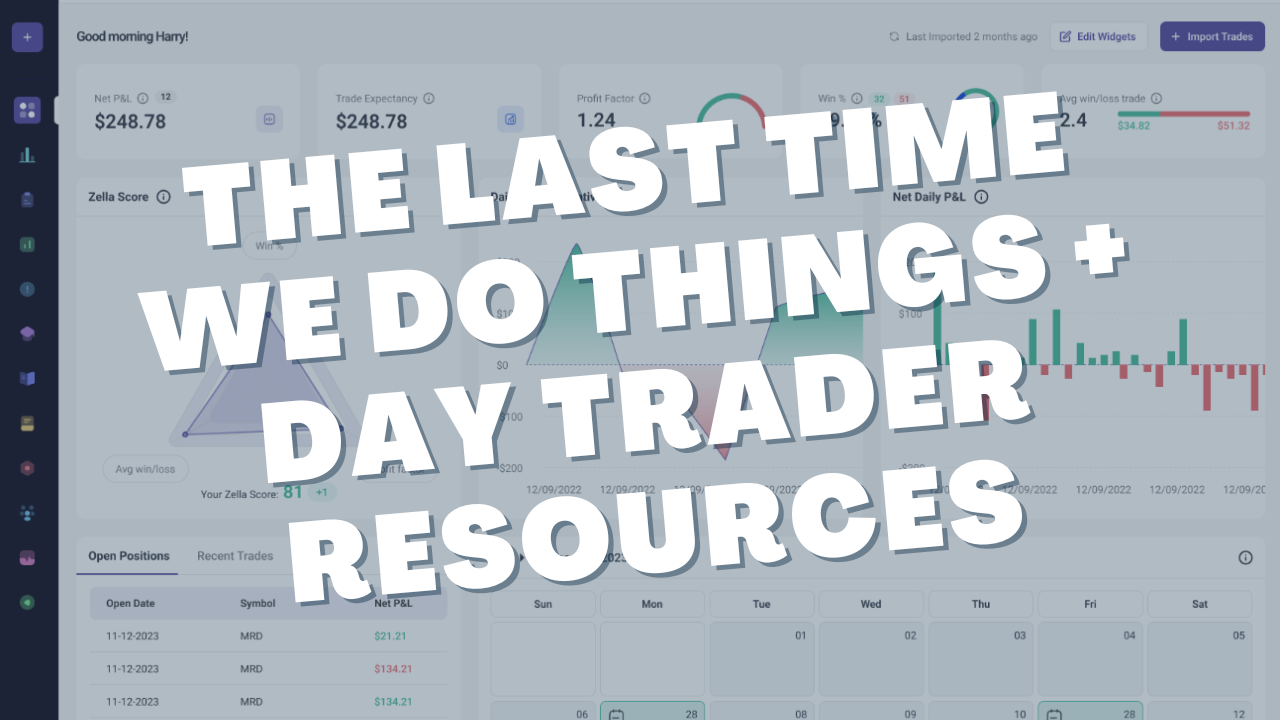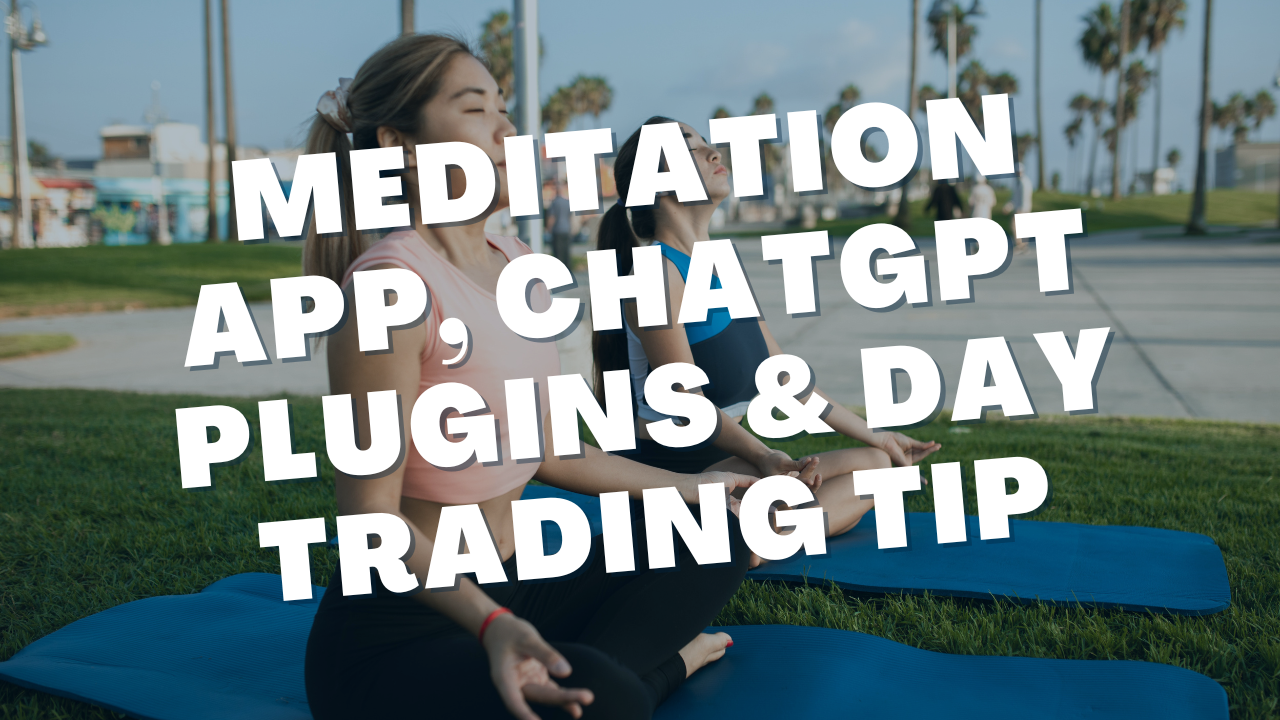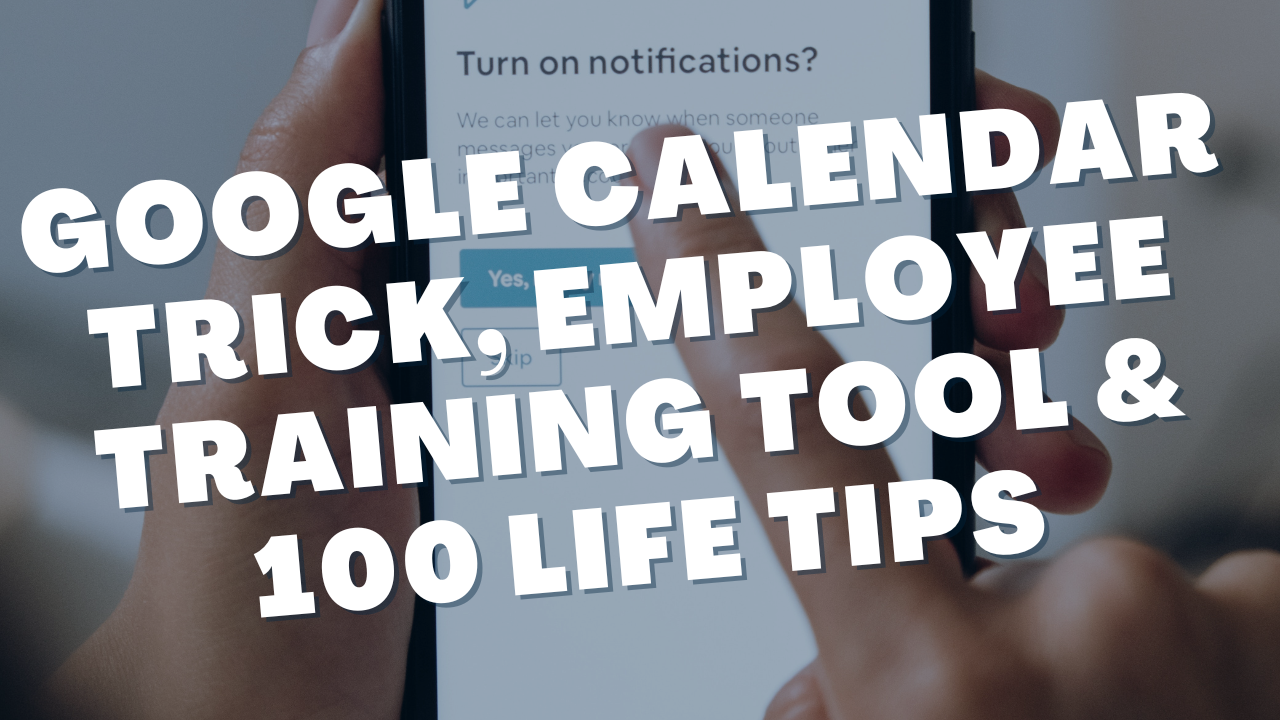How to Build a Lucrative Web Design Business Without Coding: My Story + Blueprint
Read Time: 8 Minutes
Today, I’m going to give you a simple blueprint for creating a web design business.
My first successful business was a web design business. It’s a business that still brings in money every single day and I spend less than 5 hours per week on it.
It’s one of my favorite types of side hustles because it:
- Has low startup costs
- Generates large up-front income
- Generates recurring monthly income
- Offers you the ability to start making money in a very short period of time
- Can be done anywhere
- Does not require any special coding skills or experience
Great, so how do you start and grow a web design business?
Lucky for you, I’ve spent the last 10 years trying to figure this out. I’ve made all the mistakes in the book but I’ve also picked up a few tricks that have helped me grow and automate my business.
If I was starting from scratch, this is the blueprint that I would follow this 9-step process:
Step 1: Find a Website Platform
There are dozens of different website platforms that you can use to build your websites. The most popular amongst web design agencies is WordPress.org but it is also the most difficult to use.
If you are tech-savvy and have a little bit of coding experience,
WordPress could be a great option.
If not, I’d recommend going with a no-code website platform like
Squarespace,
WebFlow, or my personal favorite
Duda. All of these platforms offer simple drag-and-drop user interfaces that allow you to quickly build a website without knowing how to code.
The reason I like Duda is because it is built specifically for web design agencies. They handle hosting & security for websites, they have built-in client billing tools, and they offer dozens of free webinars and courses that teach you everything from web design principles to SEO best practices to sales tactics. It is the ultimate setup for beginners.
Step 2: Learn the Basics
If your website platform offers training material, make sure you spend a day or two going through it. Your goal is to get a basic understanding of how to use the platform and what types of features are available to your clients.
Next, you’re going to test out your new skills on yourself. Your goal is to build a
simple one-page website for your new business. These are the four sections that you need (in order):
- Website Header with your name or logo and a phone number or email address
- A nice photo with your tagline overlaid. The text should say something like “Beautiful Websites For Accountants That Want More Business”.
- About section that explains what you offer and who you help. Make sure to include a professional photo of yourself to build extra trust.
- Call to action (CTA) with a contact form. The CTA will say something like “Request a Free Website Estimate” or “Schedule a Website Discovery Call”.
That’s it. Nothing fancy, but now you have somewhere to send prospective clients and you’ve gained a little bit of experience working with your new website platform.
Step 3: Pick a Niche
This is the #1 one thing I wish I had known when I first started. The easiest way to differentiate yourself from competitors is to pick an ultra-specific niche. It could be law firms, dog walkers, or psychiatrists; it really doesn’t matter. Just pick one and focus 100% of your attention on that niche. If a potential client comes to you asking for a website outside your niche, I want you to politely decline.
Niching down does three things:
- It allows you to become a master of your craft: If you only work with one type of client, you will learn how to speak their language, you’ll learn their pain points & desires, and you’ll quickly discover how to get great results for them.
- It allows you to create templates & processes: Once you figure out what works, you can create niche-specific website templates and processes that will significantly reduce the time it takes to build a website.
- It gives you a marketing advantage: If you own a law firm, who are you going to hire to build your website? The agency that builds websites for everyone or this agency that specializes in websites for small law firms.

Step 4: Spread the Word
People overcomplicate sales and marketing. All you have to do is figure out where your target audience hangs out online and then put yourself in front of them. They might hang out in niche-specific Facebook groups, Linkedin groups, subreddits, or forums. Make a list and join all of them.
Then, start posting and adding comments. Your goal is to give before you receive. Spend 2-3 weeks adding value to the community. Focus on offering marketing/website-related advice. Doing this will help you get your name out there, but it will also help you discover common pain points & struggles. This knowledge will make it easier to create a compelling sales pitch when the time comes.
Pro Tip #1:
You can use
chat.openai.com to create a list of marketing/web design tips that you can share in these groups & forums.
Pro Tip #2:
Set up great user profiles on Facebook, Linkedin, Reddit, etc. When you start posting in these online communities, people will click on your profile to see who you are. So you’ll want to have a professional photo, updated contact information, and a clear description of how you help your target audience.
Step 5: Get Your First Client
Now it’s time to go find your first clients. For this, you’re going to post in all of those online communities that you’ve been active in and you’re going to say something like:
“Hey everyone! I’m {your name} and I’m a web designer. I’m starting a new web design company in the {your niche} niche and I need to build 2-3 new {niche} websites to show off to potential clients.
Is anybody interested in having me build them a new custom website? It’ll be completely free."
Your goal is to find three people that you can build a website for. You won’t make any money but you’ll end up with three testimonials and three niche-specific websites that you can show to future prospects. Plus you’ll gain experience in a low-stress environment and you’ll be able to start putting together a repeatable web design process.
Pro Tip #1:
When you start talking with people about building their website make sure they know that you are building the website for free but they will need to cover the monthly hosting fee. I’d recommend charging them just enough to cover your own costs. You should also make sure they are willing to write you a testimonial once the website is finished.
Pro Tip #2:
You’ll need a payment processor in order to accept payments. I’d recommend
Stripe because there is no monthly fee, it’s easy to set up and you can accept both one-time payments and automatic recurring payments.
Step 6: Build Your First Client Website
Your website platform should offer free (or paid) website templates. Find a different one for each client and use it as a starting point for their website. Then all you have to do is make small design changes and then add your client’s logo, colors, website content, images, and contact information.
But remember, you’re going to show these websites to future prospects so you want to go above and beyond. Your goal is to create three stunning websites that will leave your clients speechless.
Pro Tip #1:
To get design inspiration, I’d recommend heading over to Google. Search for “Best {niche} in {city}” and analyze the top 3-5 ranking competitor websites. Do this for a few different cities and take note of any similarities. Is there specific wording that they all use? What types of website pages do they have? What is their primary call to action? Your goal is to figure out what works the best and then replicate those things on your own websites.
Pro Tip #2:
Some people will already have website content but some will not. Rather than waiting for them to provide content, I’d recommend doing it yourself. You can use chat.openai.com to write the website content - just make sure you edit it a little bit so Google doesn’t penalize the site for having AI written content. If the client can’t provide good images, you can check free stock photo websites like
pexels.com,
pixabay.com, and
unsplash.com.
Step 7: Make That Money
At this point, you should have three completed websites and three customer testimonials. Now, it’s time to start bringing in some paying clients.
I would start by asking your first three clients to recommend you in the online community where found them. Here is an example of a message you could send them:
Hey Tracy,
I’m trying to grow my business and I’m wondering if there is any possible way that you could recommend me in the Dog Walkers Facebook Group?
Here’s an example of a post that would be incredibly helpful. You’re welcome to copy it exactly or write your own.
“Thank you to @EricEvenstad for building my wonderful new website (www.dallasdogwalkers.com). He was so knowledgeable and easy to work with. Highly recommend talking to Eric if you need a new website for your dog walking biz."
Thank you so much!
Pro Tip:
I want you to be ruthless about asking for these. Follow up relentlessly until they do it. Offer to pay them if you have to. Whatever it takes.
With any luck, those three recommendations should turn into a handful of inquiries from other members of your online communities.
One of the first questions that you’ll get is, “how much do you charge?”
For this, I’d start on the low end and work your way up over time. A good starting point is $500 - $1,000 to build the site plus $39 - $69 per month for hosting, security, and website maintenance. Tinker with these numbers and figure out what works best for your specific niche. For example, you can charge a law firm or a dentist more than you can charge a pet-sitting business.
Step 8: Build a Lead Gen Machine
It’s impossible to grow if you don’t have a steady source of leads. For this, you’re going to focus on two things:
- Continuing to add as much value as possible in your niche online communities. Every day you should be sharing a tip or answering questions that other members have. Consistency is the key. Before long, you’ll be known as the web design guy/gal and warm leads will start rolling in. This is a long game but it’s worth the effort.
- Daily cold outreach. For best results, I’d recommend knocking on doors or cold calling. If you can’t stomach doing that, you can also try cold emailing. I’ll get into the specifics of cold emailing in a future newsletter but just remember that cold outreach is a numbers game. You have to make it through a hundred no’s to find the one yes. Again, consistency is the key.
Pro Tip:
You can use
chat.openai.com to write cold calling scripts and cold emails. Plus you can even instruct it to act like a customer so that you can do mock sales calls.
Step 9: Systematize & Outsource
The goal is not to create a web design job for yourself. The goal is to create a web design business that generates money on autopilot. To do this, we’ll need to build templates, create systems & processes, set up automations, and become outsourcing masters.
Templates
The enemy of automation is customization so we are only going to build websites using templates.
Take those three initial websites that you built and turn them into three niche-specific website templates (this will be easy to do within your website platform).
Now, anytime you sign a new client, you’re going to tell them to choose from one of those templates. This will reduce your build time by 80-90% and your clients will not care at all.
I literally built my niche website company with a single website template and not one person even mentioned it.
Systems & Processes
You are going to create systems and processes for everything. When you build a website, record your screen and document every step. When you send a cold email record your screen. When you do sales calls, record your call.
These step-by-step instructions will allow you to get consistent results, become more efficient, and allow you to outsource repetitive tasks without sacrificing quality.
Automations
I’ll dive into automations in another newsletter but just know that automations can save countless hours. I use a tool called Zapier to set up and manage my automations. Examples of automations include sending a series of onboarding emails as soon as you sign a new client or creating an automated cold email campaign that sends 100 personalized cold emails per day.
Outsourcing
A virtual assistant can save you tons of time by tackling your recurring admin tasks like customer service, lead gen, and billing. But you really start to see the benefits of outsourcing when you hire a VA to build your actual websites. And since you have templates and clear processes, you won’t need to hire an expensive web design specialist. All you’ll need is someone that can follow clear instructions.
Additional Tips & Reminders
- Don’t worry about getting a business bank account, an LLC or a fancy logo/website until after you’ve landed a few clients (Note: I’m not a lawyer or an accountant so do your own research)
- Rude and/or needy clients will occupy 80% of your time. Avoid them at all costs.
- Set client expectations upfront. Be crystal clear about what is included and what is not.
- Don’t include website edits/changes in your monthly package. People will abuse it. Instead, charge clients an hourly rate for edits after their site goes live.
- Do not do custom websites. Seriously, don’t do it.
Alright, that’s my blueprint for building a lucrative web design business without any coding knowledge.
If you follow this blueprint, you’ll be able to start generating extra income within a month or two and you’ll be able to turn it into an automated money-maker within 6 months.
If you have questions, hit me up on Twitter
@ericevenstad.
Happy to tell you anything you want to know about building an automated web design business.










